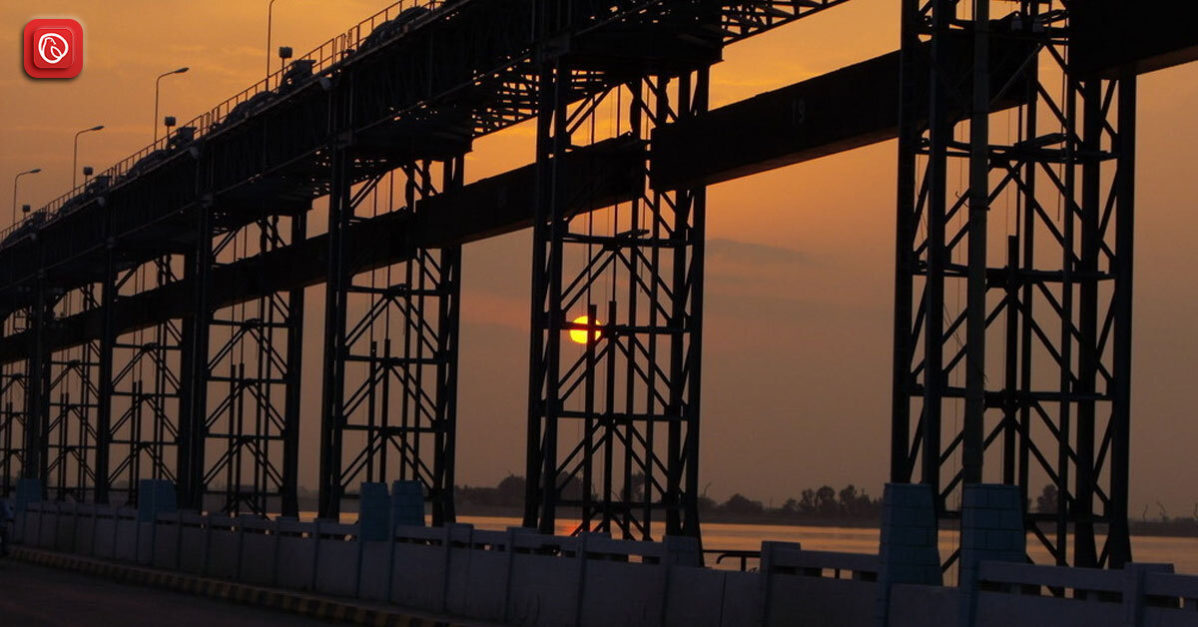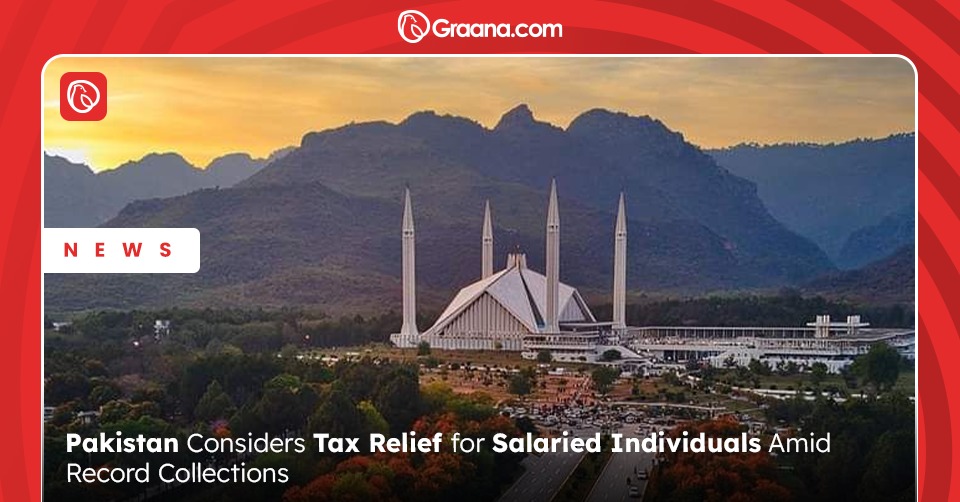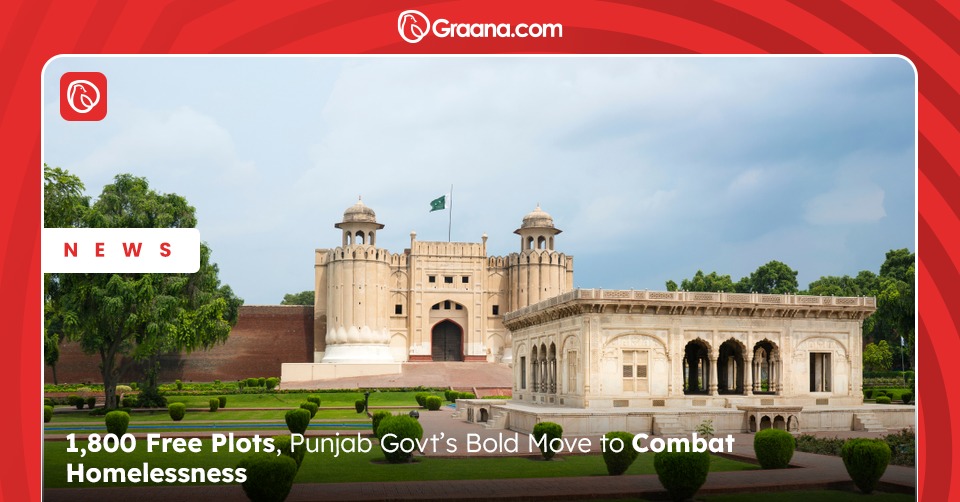The Head Taunsa Barrage is one of the 19 barrages strategically laid across Pakistan. A testament of human innovation and perseverance, this monumental structure has been a lifeline to millions. Today, Graana.com looks into this crucial irrigation infrastructure and how it has influenced Pakistan’s economy at large.
General Overview of Taunsa Barrage
Among some of the most powerful Barrages in Pakistan, Taunsa barrage is a behemoth that has served as the main water resource for many areas in Punjab. Completed in 1958, this monumental structure offers a weir-controlled irrigation supply on both banks of the Indus River.
Aside from providing irrigation, the barrage helps regulate the flow of the Sutlej River. It mitigates the impact of floods by controlling the release of water downstream. Additionally, the barrage has a small hydropower plant that generates electricity for local communities.
Overall, the Taunsa Barrage plays a crucial role in the agricultural economy of Punjab. It supports the cultivation of regional crops like wheat, cotton, and sugarcane.
|
Taunsa Barrage Pakistan |
|
| Project | Taunsa Barrage Irrigation System Rehabilitation |
| Location | Muzaffargarh District, Punjab Pakistan |
| Area | 6,756 ha (1.72 million) |
| Altitude | 139 m. |
| Construction Period | 1955-1958 |
| Total Gates | 64 |
| Gate Width | 61.67 ft |
| Gate Height | 19ft |
| Canals | 2 |
| Taunsa Barrage Water Level | 415.66 (ft) |
| Hydropower Project | 135MW |
| Hydropower Project Developer | Punjab Power Development |
History and Construction
In 1952, the construction of Taunsa Barrage commenced, marking the beginning of Pakistan’s biggest infrastructure project chain. Situated at about 16 kilometres from district Kot Addu, and 20 kilometres southeast of Taunsa city, this Barrage has marked many milestones.
For one, the barrage serves an area of 952,400 hectares (2.351 million acres) reaching the length of 4,346 feet. Upon its completion in 1958, the Head Draftsman Syed Tufail Hussain Shah received a Silver Medal. This gesture of appreciation still highlights the collaborative effort that brought this project to fruition.
There are several constructional key features that contribute to the Taunsa Barrage and its functionality. So let’s take a look at them.
Main Structure
The main barrage structure is a massive concrete dam-like structure built across the Indus River, measuring over 1,800 feet in length and approximately 40 feet in height. It serves as the backbone of the barrage, regulating the flow of water in the river.
Canal Head Regulators
Taunsa Barrage is equipped with canal head regulators, which are a series of gates used to control the flow of water into the irrigation canals. These gates can be opened or closed to regulate the distribution of water for irrigation purposes.
Flood Spillways
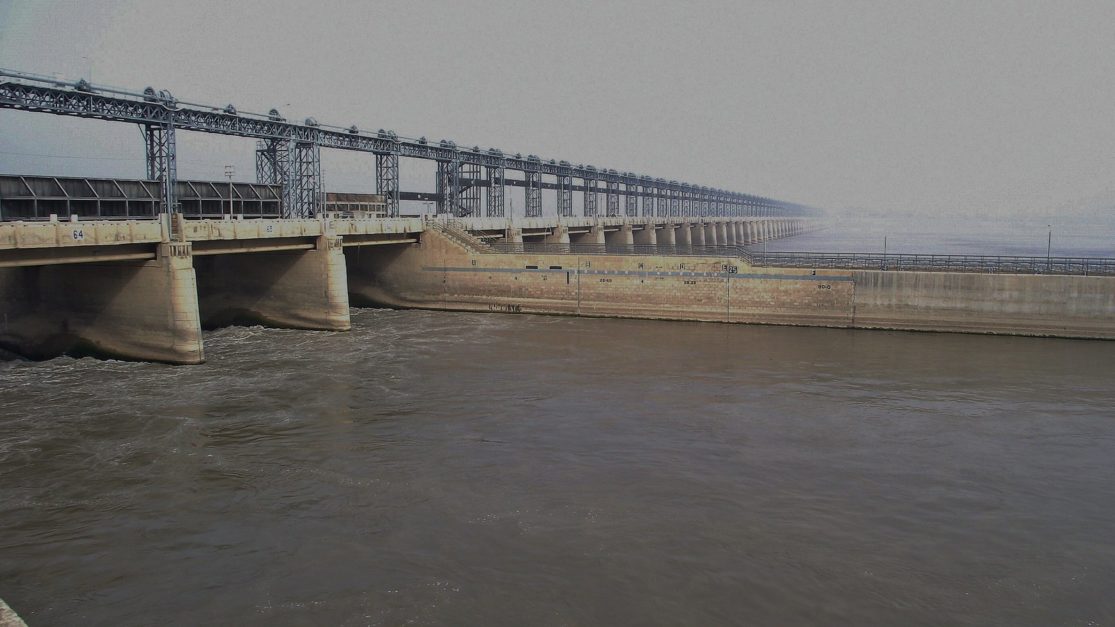
The barrage has flood spillways that allow excess water to flow out of the river during periods of heavy rainfall or flooding. These spillways help prevent the barrage from being damaged by excess water and protect downstream areas from flooding.
Hydropower Plant
One of the key features of Taunsa Barrage is its hydropower plant, which generates electricity using the flow of water through the barrage. The plant has a capacity of generating 1.5 MW of electricity, which is used to power the barrage and nearby areas.
Navigation Locks
The barrage is equipped with navigation locks that allow boats and ships to pass through the barrage. These locks consist of a series of gates that can be opened or closed to allow boats to pass through while maintaining the water level upstream.
Fish Passages
Additionally, to ensure the passage of fish upstream and downstream of the barrage, fish passages were incorporated into the design. These passages allow fish to migrate freely, maintaining the ecological balance of the river.
Concrete Apron
A concrete apron was constructed downstream of the barrage to protect the structure from erosion caused by the force of water flowing out of the barrage. The apron helps ensure the long-term stability of the barrage structure.
Significance of Taunsa Barrage
Moreover, Taunsa Barrage has sturdy foundations when it comes to influencing various aspects of a civilisation. From economic to social and environmental aspects the monument plays a pivotal role in regional development.
Economic Importance
Taunsa Barrage stands as a testament to human ingenuity, serving not only as a hydraulic structure but also as an economic lifeline for the region. By regulating the flow of the Indus River, it ensures a consistent water supply for irrigation, benefiting over 2.3 million acres of agricultural land.
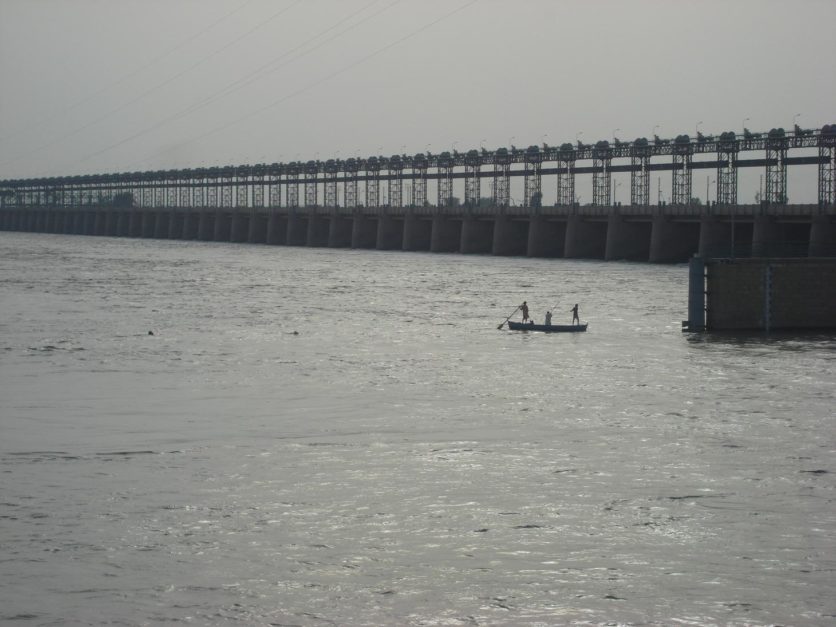
This sustained irrigation has boosted agricultural productivity, supporting crops like cotton, sugar cane, wheat, and fodder crops. The diversion of water to the Chenab River through the Taunsa-Panjnad Link Canal further enhances its economic impact, facilitating irrigation in areas that were previously water-stressed.
Additionally, the barrage’s role as a conduit for various utilities, including gas and oil pipelines, telephone lines, and EHV transmission lines, underscores its importance in enabling infrastructure development and connectivity in the region.
Environmental Importance
Beyond its economic contributions, Taunsa Barrage holds significant environmental value. Designated as a Ramsar Wetland, it serves as a vital habitat for diverse flora and fauna. The seepage lagoons and riverine forests along the Indus River support a variety of aquatic vegetation. These include Carex fedia, Hydrilla verticillata, and Nymphaea lotus, among others.
The barrage’s conservation efforts, including the erection of nest boxes for Dendrocygna javanica and proposals to declare the Indus River from Taunsa Barrage upstream to Kalabagh as a World Heritage Site for the Indus Dolphin Platanista minor, highlight its commitment to preserving biodiversity and ecosystem health.
Social Impact
Taunsa Barrage’s impact transcends economic and environmental realms, significantly influencing the social fabric of the region. The barrage has been instrumental in providing employment opportunities and improving living conditions for rural communities.
The rehabilitation project has further reinforced its role as a driver of sustainable development, fostering resilience and prosperity in the face of environmental challenges. Additionally, the barrage’s role as a road bridge, railway bridge, and crossing point for various utilities has enhanced connectivity, facilitating trade and commerce and improving overall accessibility for the local population.
Controversies and Challenges
Despite its significance, Taunsa Barrage has not been immune to controversies and challenges. Following the devastating floods of 2010, criticisms arose regarding the rehabilitation project, alleging shortcomings such as inadequate height increase and weak protective embankments.
These controversies underscore the complexities of infrastructure development in dynamic environmental and socio-economic contexts, highlighting the importance of adaptive management and stakeholder engagement.
Rehabilitation Efforts for Taunsa Barrage
Over the years, Taunsa Barrage faced challenges due to decay and damage, necessitating urgent rehabilitation measures. In response, the World Bank approved a $123 million loan in 2004 to support the rehabilitation project, ensuring its continued functionality and resilience.
The implementation of rehabilitation efforts has aimed to address structural vulnerabilities, enhance operational efficiency, and mitigate risks associated with flooding, underscoring the importance of proactive infrastructure management.
Evolution of Canal System
Moreover, the canal system fed by Taunsa Barrage has evolved, adapting to the changing needs of the agricultural landscape. Initially consisting of Muzaffargarh and Dera Ghazi Khan canals, additions such as the TP-Link Canal in 1970 have expanded its reach, further enhancing agricultural productivity and rural development. The evolution of this canal system reflects the dynamic nature of irrigation infrastructure in Pakistan and its critical role in sustaining livelihoods.
Future Prospects and Progress Plans
As we look towards the future, Taunsa Barrage stands as a symbol of resilience and progress. Ongoing efforts to maintain and modernise this infrastructure reflect a commitment to sustainability and inclusive development.
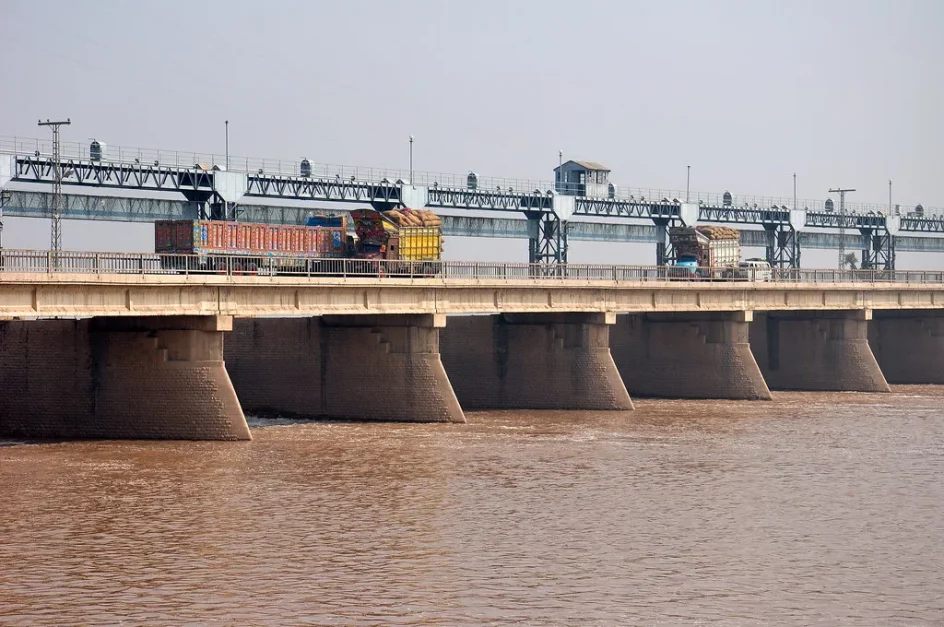
Moving forward, it is imperative to address challenges proactively. Thus, the Barrage leverages technological innovations and stakeholder partnerships to ensure its continued vitality. Such elements let Taunsa Barrage contribute to the well-being of communities across Pakistan.
Conclusion
Taunsa Barrage embodies the confluence of human ambition and natural forces. It shapes the landscape and livelihoods of millions for generations to come. As we navigate the complexities of the modern world, let us draw inspiration from the enduring legacy of Taunsa Barrage.
Frequently Asked Questions
Want to learn more about the Barrage at Taunsa? Here are some FAQs
Which river houses the Taunsa Barrage?
The Taunsa Barrage is located on the River Indus in Punjab, Pakistan.
How many canals are related to Taunsa Barrage?
The Taunsa Barrage has two main canals associated with it. The Taunsa Barrage Left Bank Canal and the Taunsa Barrage Right Bank Canal. These canals help in irrigating the surrounding agricultural land.
Is it true that Taunsa Barrage was to be constructed in 1936?
Yes, that’s correct. The construction of the Taunsa Barrage was planned in 1936, and it was completed in 1958. The barrage plays a crucial role in controlling the flow of the River Indus. Additionally, it offers water for irrigation and other purposes.
Why is the Barrage at Taunsa famous?
The Barrage at Taunsa is famous for its role in regulating the flow of the River Indus. It provides irrigation water to the surrounding agricultural lands. It is also a significant landmark in the region, contributing to the development and prosperity of the area.
Visit Graana Blog for more reads.
